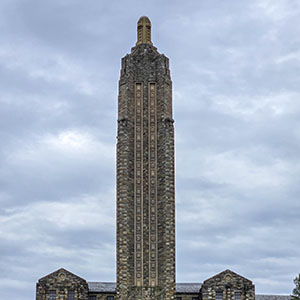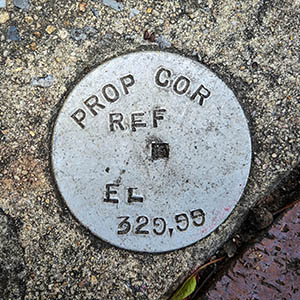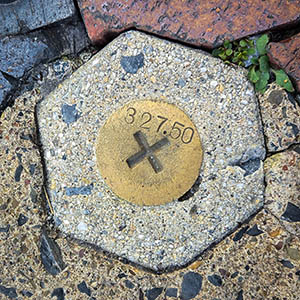Recent Survey Mark Recoveries
Browse all recoveries »DANVILLE SLOVAK GIRLS ACAD TWR
Montour County, Pennsylvania
April 14, 2025
R 1320
San Francisco County, California
December 24, 2024
PROP COR REF EL 329.99
Dauphin County, Pennsylvania
October 7, 2024
327.50
Dauphin County, Pennsylvania
October 7, 2024



